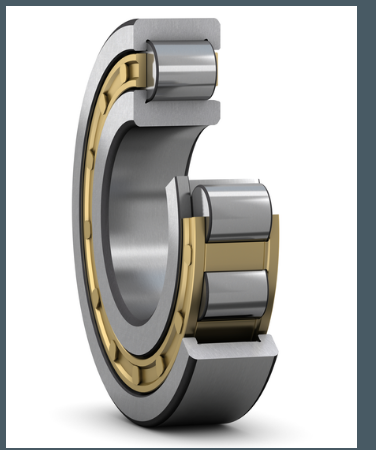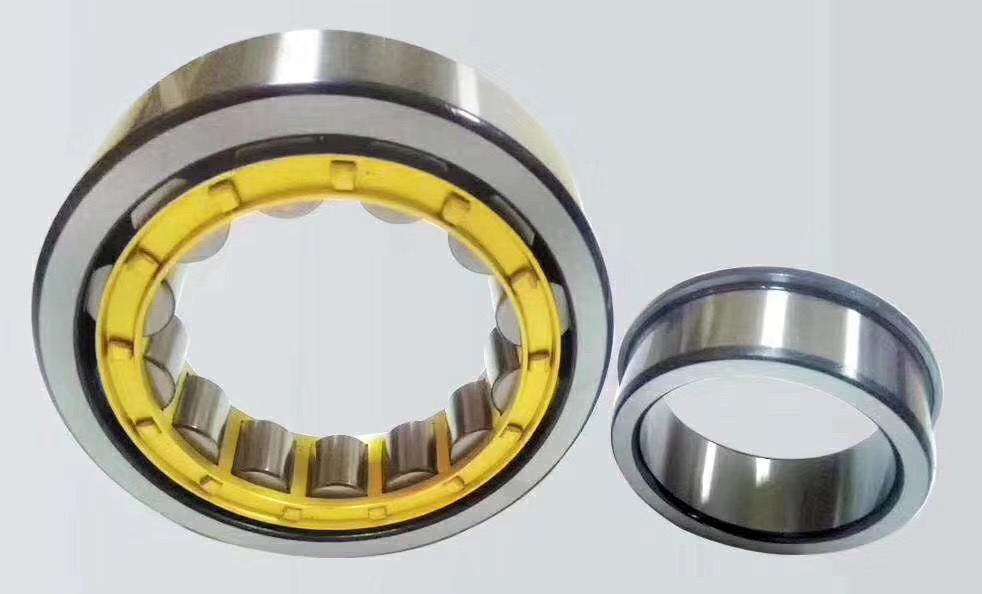CONTACT US
Zhejiang waxing electromechanical co.LTD.,Factory located in Shandong,Headquarters located in Zhejiang,China.
Bearing support for additional seals can effectively prevent external intrusion, but this adds additional seal mechanisms, mounting and servicing bearings and inconvenient axial dimensions, shaft and housing seal performance matching line of precision body parts and tolerances.With a good seal lubrication environment, but also the seal bearing solves the parts matching problem, but also eliminates the need for a complex lubrication system.Such compact, sealed key components are recommended for use with sealed bearings.In addition to bearing in mind their good dustproof seal, sealing effect, but in the course of operation also does not provide bearing lubricant and good running condition, reducing maintenance costs.
The import bearing seal is divided into contact type and non-contact type according to its structure.A contact form can be divided into radial and axial seal.The sealing structure can be divided into single sealing lip and lip sealing.Dust cover and rubber seal two non - contact sealing.Dust cover sealing clearance, only applicable to dust, rubber ring sealing gap is very small, has a good sealing effect.The contact seal bearing rubber seal has only a very minor part.Rubber lip seal ring and rotating bearing contact stick together of some parts of the interference, thus playing a good dustproof sealing effect, but in the lower speed limit and friction torque is larger.
When the inlet bearing is in use, if it makes a loud noise, it is the sound of sliding friction between metals.At this point, ther e is no harmful effect on the bearing, and will not affect its normal operation.But when we make this sound, where do we check to stop the sound?First of all, bearing radial clearance is large when the sound is easy to occur, but also in the occurrence of some rapid speed may also be easy to appear.Secondly, it is easy to appear in the winter, and it often appears without rules.
e is no harmful effect on the bearing, and will not affect its normal operation.But when we make this sound, where do we check to stop the sound?First of all, bearing radial clearance is large when the sound is easy to occur, but also in the occurrence of some rapid speed may also be easy to appear.Secondly, it is easy to appear in the winter, and it often appears without rules.
1. The imported bearing is mixed with sand or carbon particles and other impurities.Dirt such as acid or paint,
2. Water is mixed in the imported bearing.Play a corrosive role;
3. Clearance of inlet bearing is too small (improper selection of fit)
4. Incorrect selection of lubricating oil or grease;Leakage of oil or grease through seal.
5. Lack of lubrication (oil level is too low.Or the seat hole is twisted not straight).
6. The inlet bearing is clamped flat by the seat hole (the seat hole roundness is not good).
7. The underside of the inlet bearing seat is uneven (resulting in deformation of the seat hole and even cracks in the inlet bearing seat) dust particles, etc.8. There are sundries (residual chips) in the inlet bearing seat hole.

Copyright © 2025 Zhejiang waxing electromechanical co.LTD. | All Rights Reserved Design
Hello, please leave your name email or WhatsApp here before chat online so that we won't miss your message and contact you smoothly.